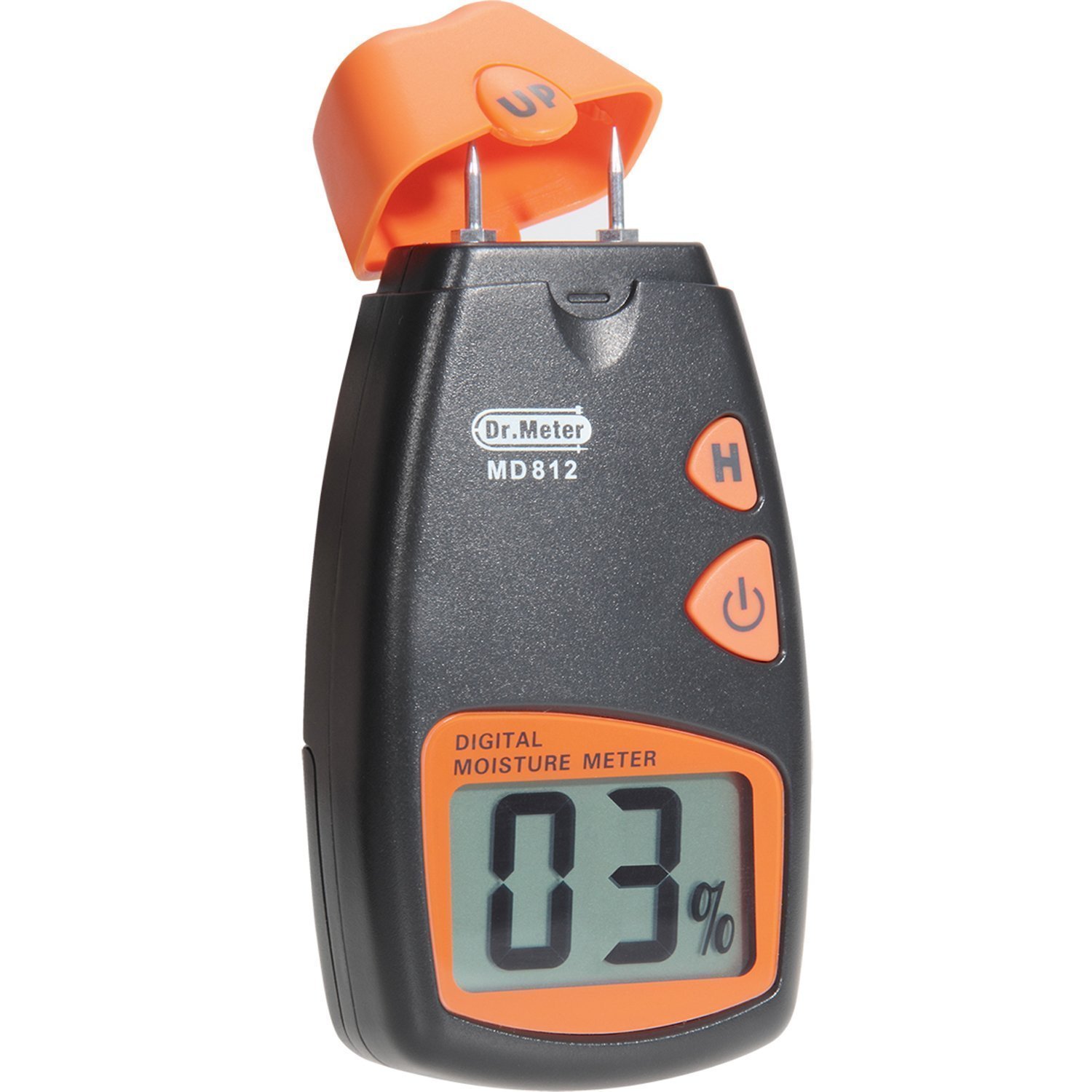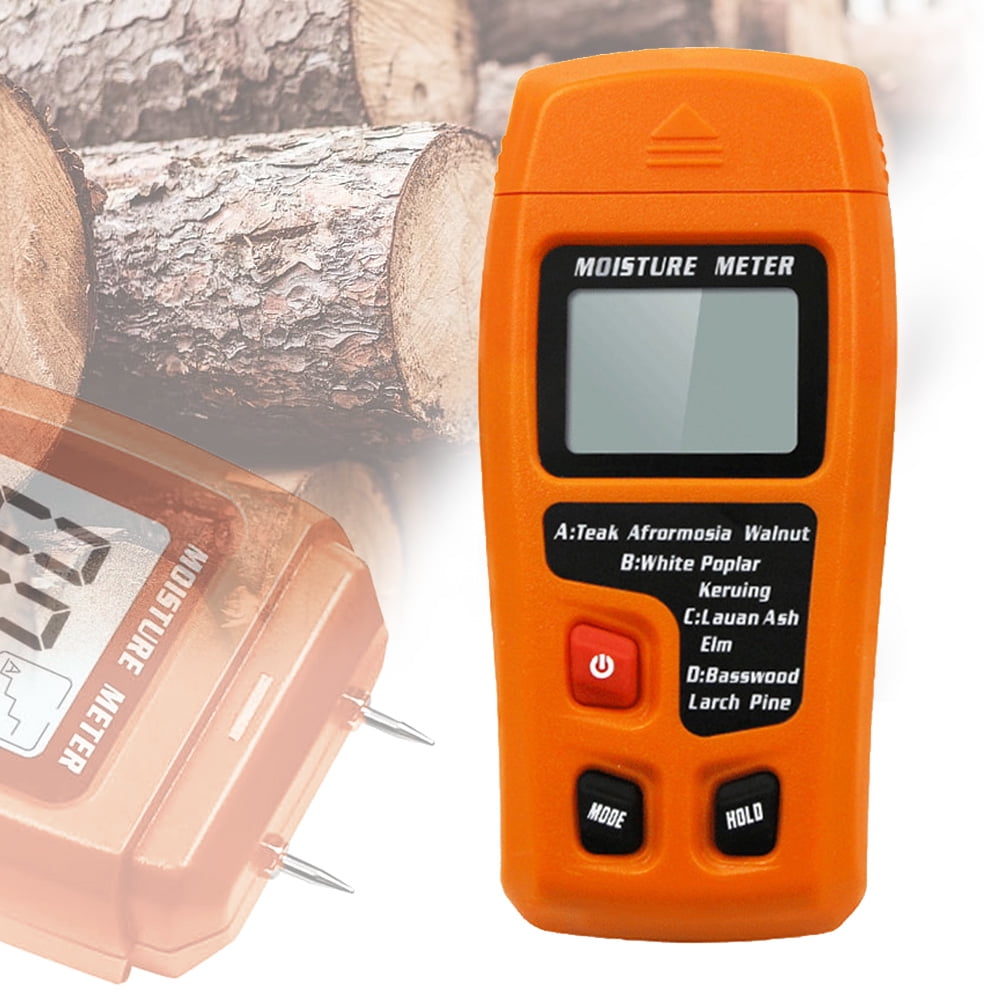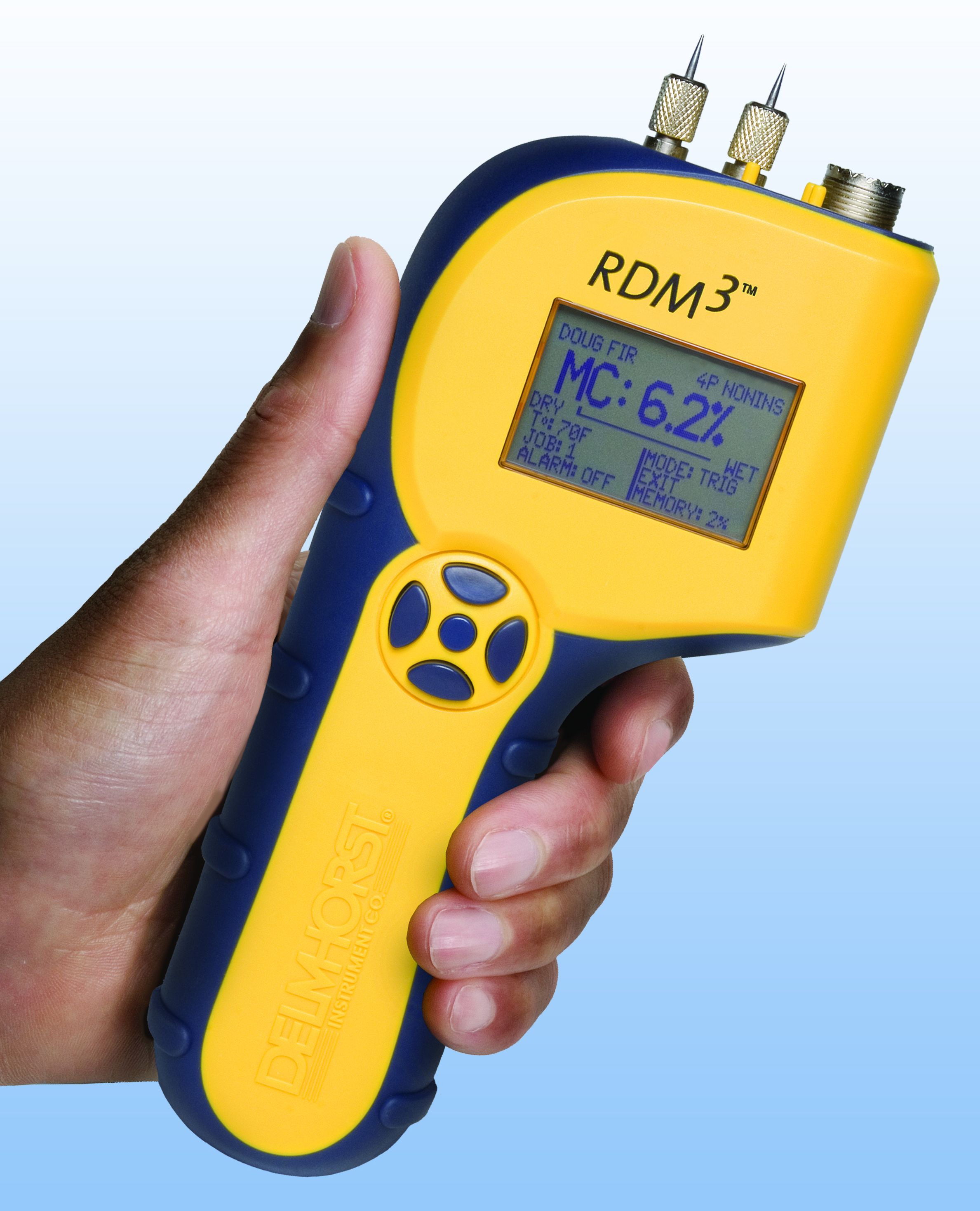


Although some woodworkers may rarely have to deal with chemicals, the factors affecting pin meters are the most difficult to assess. Temperature can also affect the resistance of wood measured by pin meters.įrom the above list, you may have already developed a healthy skepticism regarding the accuracy of pin meter readings. Pin moisture meters are affected by wet pockets, even if the surrounding wood is significantly drier, and may give a higher MC reading due to the smaller path of the current traveling through it. Since EMW meters read a large 3D-volume average of wood MC, the orientation of the wood won’t affect their readings. Some factors on this list may be familiar. **Some pin moisture meters may correct this using a lookup table. *Certain EMW moisture meters correct this either digitally or using a lookup table. Here’s a short list of factors that affect each type of meter: Pinless meters translate this electrical information to a percentage of moisture content. These moisture meters measure the capacity of wood to store energy (capacitance), the amount of power the wood absorbs from the field (power loss), or the wood’s resistance to the field (impedance). Pinless moisture meters are based on the capacitance method, but a properly designed meter will take many more factors into consideration. The field behaves differently depending on the amount of moisture present in the wood. 75” to 1.0”, depending on which model is specified. This creates an electromagnetic field (EMF) the size of the sensor to a depth of. An electrical wave is emitted through a sensor pressed against the wood.

Often called a pinless moisture meter, this type measures the moisture content of wood without piercing the wood with pins. This process measures the resistance to the current between pins and correlates that resistance to wood moisture content.Įlectromagnetic Field Technology, EMF (Pinless Moisture Meters) Two or more pins are pushed directly into the wood in two different spots, and a direct current travels from one pin to the other. Resistance Meters (Pin Type Moisture Meters)Ĭommonly known as a pin moisture meter, this type used to be the most widely used meter throughout the world.

Wood moisture meters use two primary methods of determining moisture content: Capacitance and resistance. pls make sure you do not mind before you bidĭue to the difference between different monitors, the picture may not reflect the actual color of the item.What’s the difference between pin vs pinless moisture meters?
Wood moisture meeter manual#
Please allow 1-3mm error due to manual measurement. Suitable for: Teak, Walnut, Afrormosia, Rubber tree, Imbuia, Kokrodua, Niove Bidinkala, Cork Keruing, White Poplar, Beech, Cedar, Tola Lauan, Adh, Elm, Fir, Maple, Oak, Cherry Basswood, Larch, Pine, Birch Etc Power Supply: 1 x 9V battery (Battery Not Included ) Measurement principle: Electrical resistance
Wood moisture meeter portable#
Measure range : 0 - 99.9% Resolution : 0.1% Accuracy: ☐.5%.Moisture meter with large LCD display, clearly shows the measurement data, easy to read Portable size fits in one hand.Įasy to use, stick the 2 sharp pins (10mm/0.4inch) into the object what you are measuring approx.5mm, it will hold current data for you. Built-in low battery detection and automatic power off. Employ ergonmics design to adapt various special occasions. Wide Measuring Range: Perfect for user to measure moisture content in wood, concrete drywall, cotton, cardboard, and so on.īuilt-in four kinds of patterns with precise testing. Large LCD display of wood moisture value. 100% brand new and high quality!Ĭan be used to test all kinds of wood paperboard and dry cargo. New model moisture tester features an easy-to-read LCD display for quick and easy viewing.


 0 kommentar(er)
0 kommentar(er)
